Advertisement
Poop that’s green, red or some other hue is probably due to something you ate — but it could be a sign of health issues, too
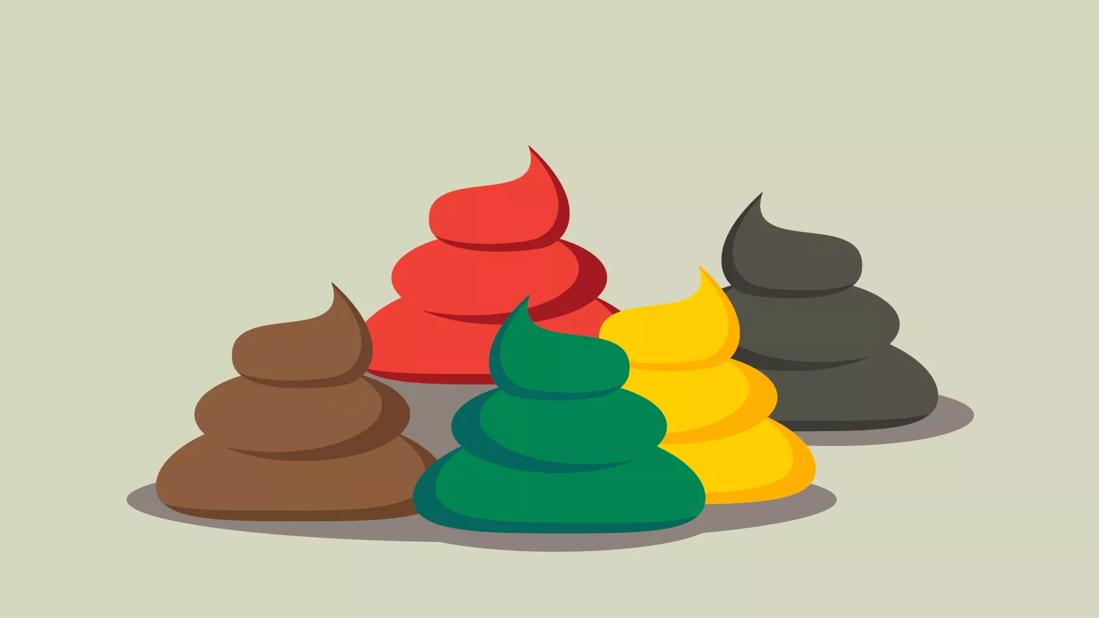
A: Brown may not be the most exhilarating of colors, but nobody wants a breathtaking rainbow finish to a bowel movement. It can be a bit unnerving to see an eye-catching hue in the toilet. Boring is better when it comes to poop color.
Advertisement
Cleveland Clinic is a non-profit academic medical center. Advertising on our site helps support our mission. We do not endorse non-Cleveland Clinic products or services. Policy
But the reality is that you might see something unusual now and then. The good news? There’s probably a simple explanation for the colorful #2 that involves breakfast, lunch, dinner or a snack.
Vegetables, fruits and vibrant food dyes offer a crayon box of tinting options — because what goes in must come out. That can lead to green poop, red poop, black poop, yellow poop … well, you get the picture.
Green is the most common color to make a surprise appearance. So, if you’re eating a lot of “greens” — like kale, spinach and broccoli — you might see that hue naturally appear at the end of the digestive process.
Bright frosting on a cupcake also can turn your poo into some interesting (and unnatural) looking shades.
Any food-related tint should disappear quickly once the source is flushed from your system.
But if odd colors linger, it could be a sign that something more is going on. An unexplained greenish poop could be a symptom of:
Other colors also may serve as a signal of a medical issue. Be watchful for:
The bottom line on color? Don’t overthink a one-day appearance of an interesting hue, but contact your doctor if the color of your poop doesn’t revert back to boring brown within a few days.
— Gastroenterologist Christine Lee, MD.
Advertisement
Learn more about our editorial process.
Advertisement

Acids in coffee can give you the urge to go in just minutes
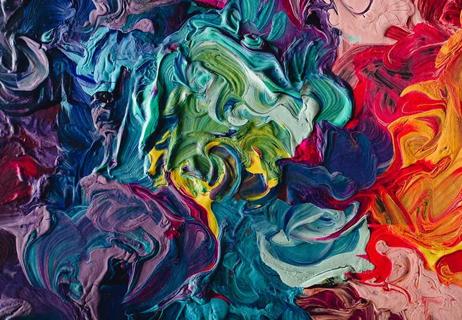
Not all rainbows have gold at the end — the ones our bodies produce offer insight into our health
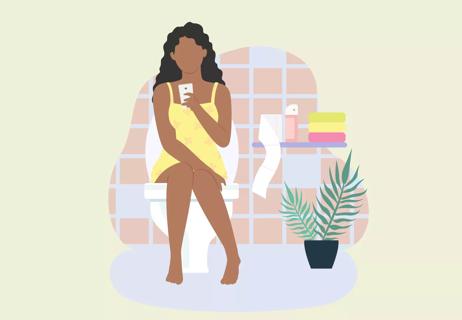
Everyone poops, but here’s what may affect how often you visit the toilet

Your #2 can be the #1 sign of a medical issue

Why you experience tummy troubles during your menstrual cycle
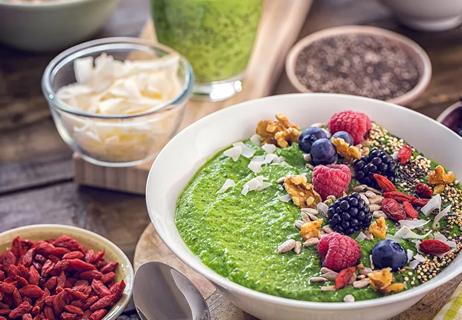
There’s usually a simple answer, but it also can be a reason for concern

What’s normal? When to worry?

Focus on your body’s metabolic set point by eating healthy foods, making exercise a part of your routine and reducing stress
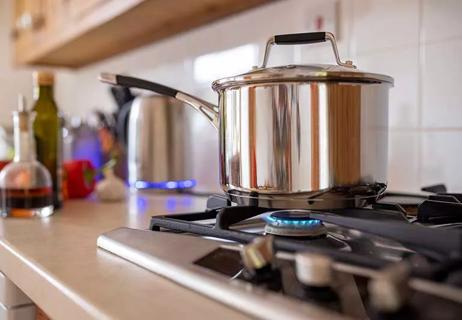
PFAS chemicals may make life easier — but they aren’t always so easy on the human body
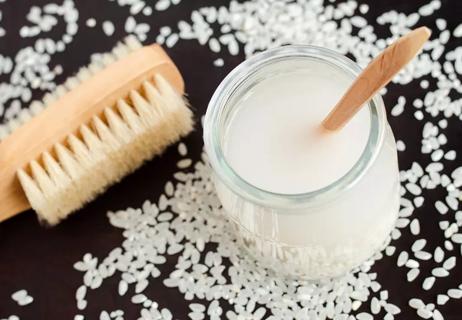
While there’s little risk in trying this hair care treatment, there isn’t much science to back up the claims